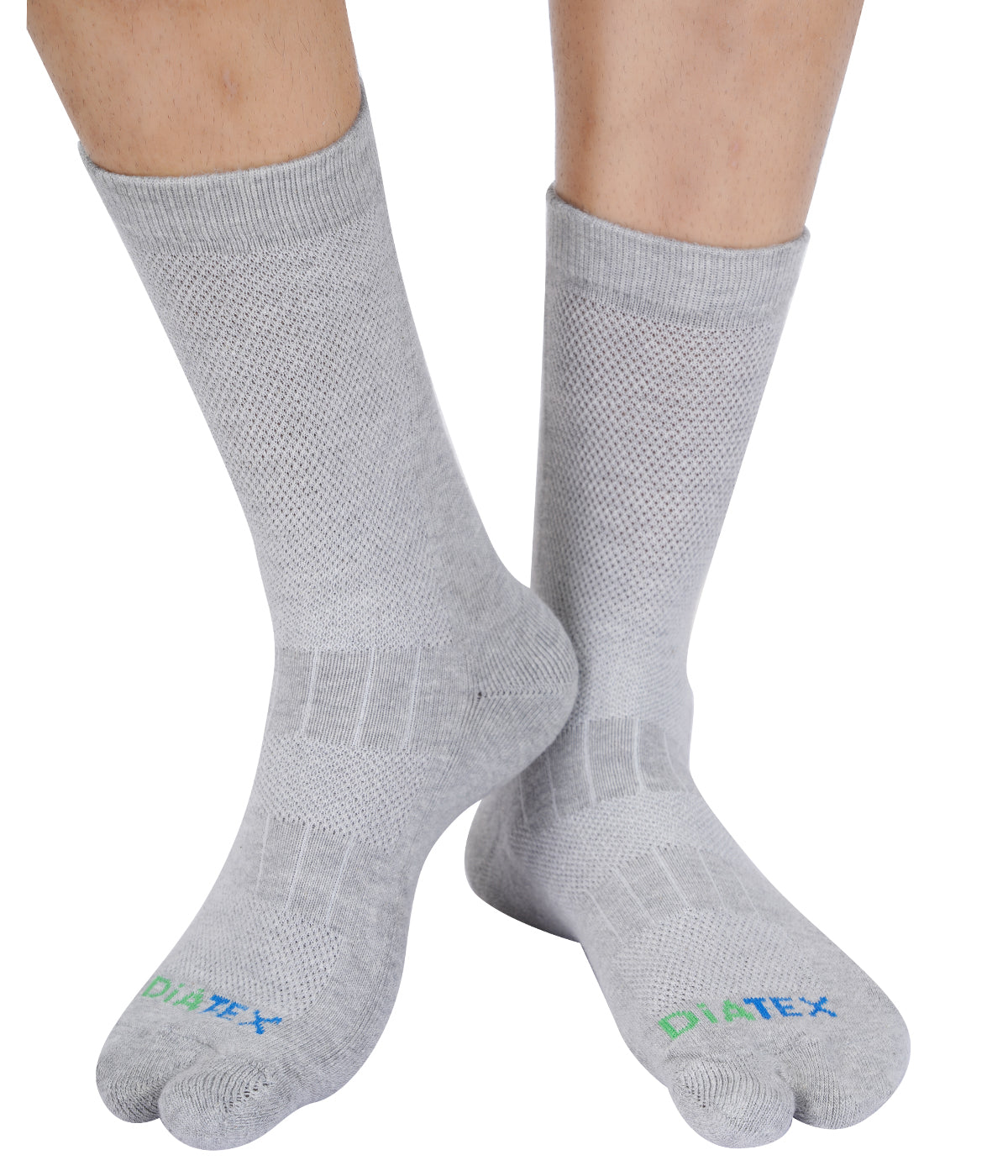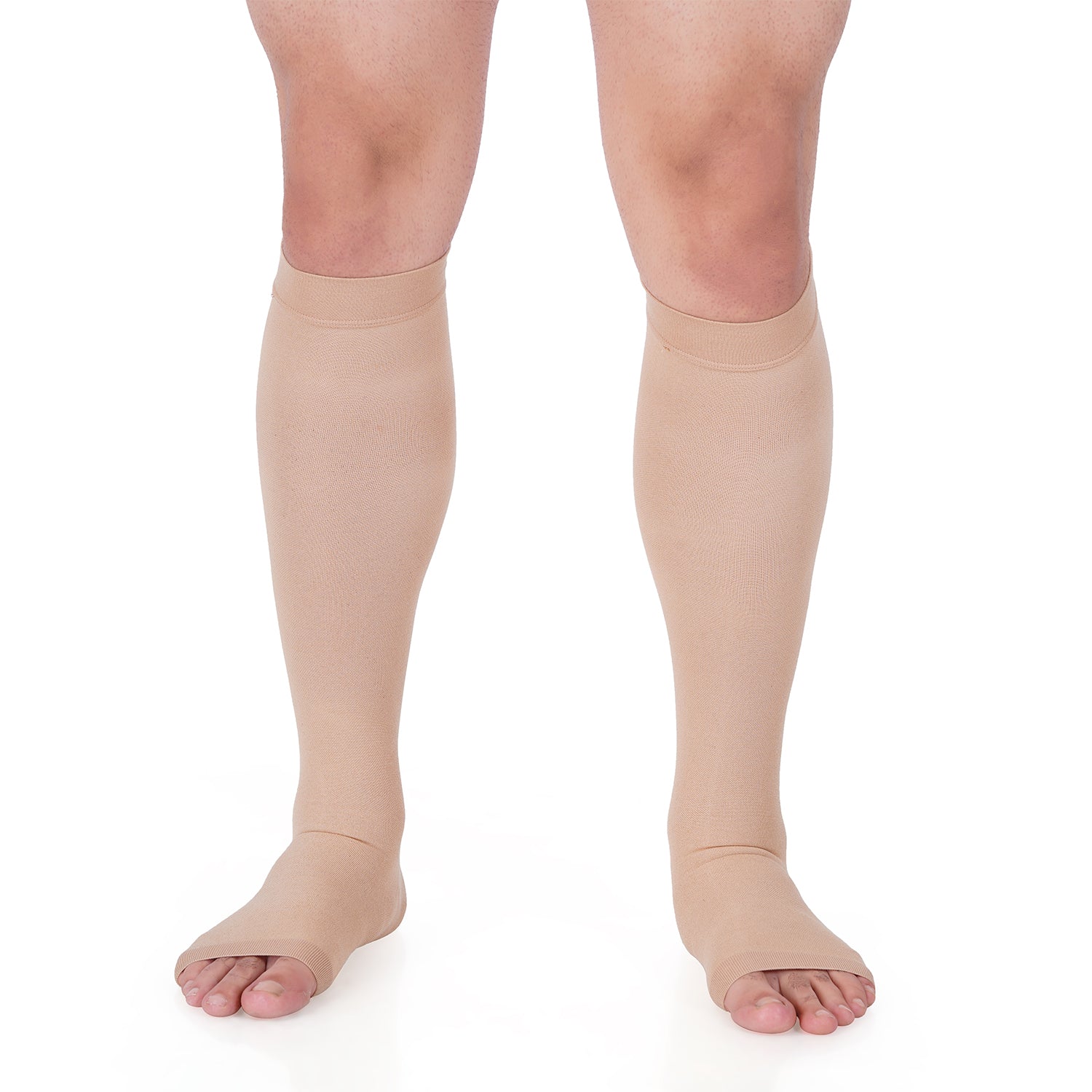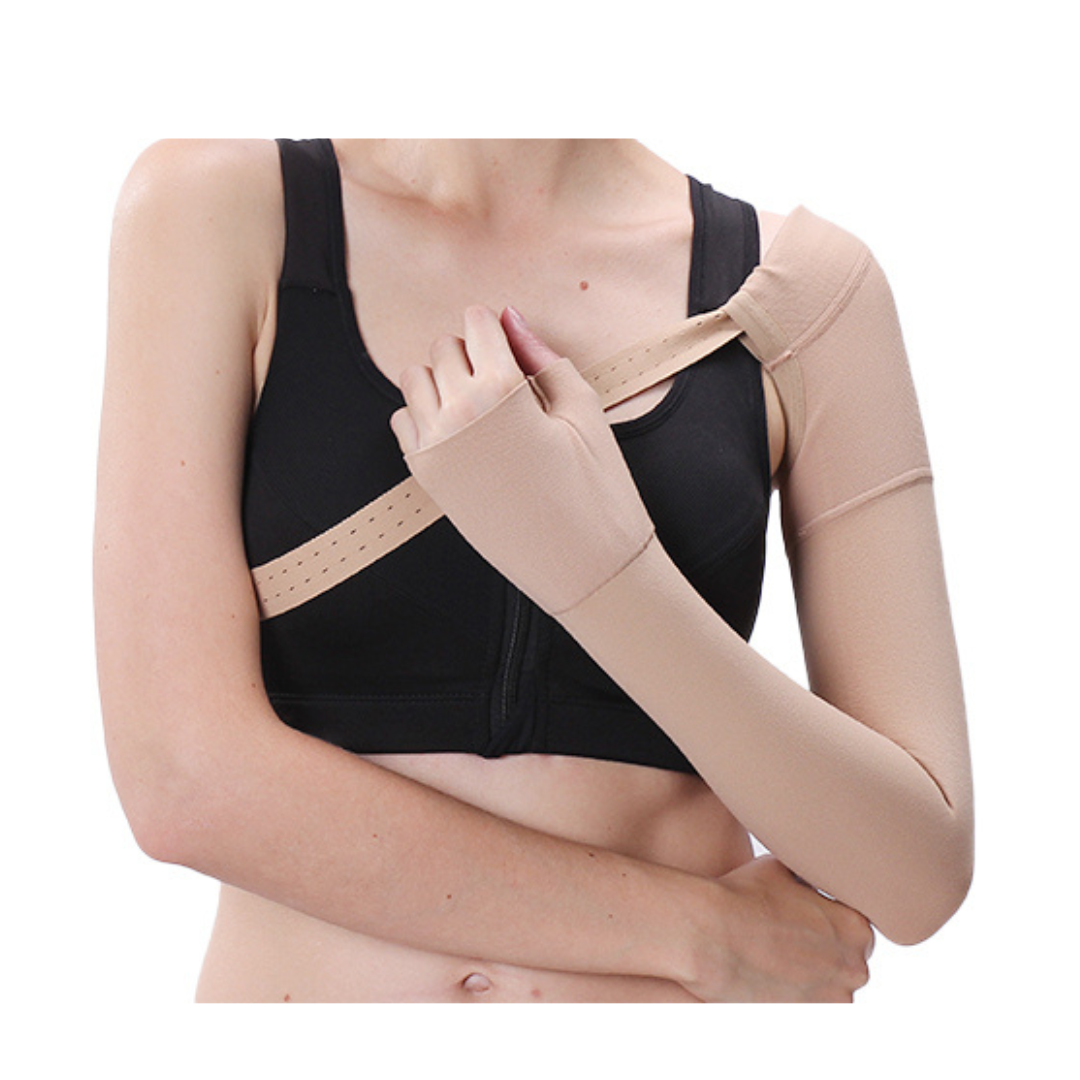Table 1: Outline of the Article
| Heading | Heading Type |
|---|---|
| Introduction | H1 |
| What are Compression Stockings? | H2 |
| How do Compression Stockings Work? | H2 |
| Benefits of Compression Stockings | H2 |
| Types of Compression Stockings | H2 |
| Choosing the Right Compression Stockings | H2 |
| How to Wear Compression Stockings | H2 |
| Caring for Compression Stockings | H2 |
| Who Should Use Compression Stockings? | H2 |
| Potential Side Effects | H2 |
| Frequently Asked Questions | H2 |
| Conclusion | H2 |
Table 2: Article
The Basics of Compression Stockings
Introduction
Compression stockings are specialized garments designed to improve blood circulation in the legs. They exert gentle pressure on the legs, helping the veins and muscles move blood more efficiently towards the heart. In this article, we will explore what compression stockings are, how they work, their benefits, different types available, how to choose the right ones, how to wear and care for them, who can benefit from using compression stockings, potential side effects, and answer some frequently asked questions.
What are Compression Stockings?
Compression stockings, also known as support stockings or compression socks, are elastic hosiery that provides graduated pressure to the legs. They are typically tighter at the ankles and gradually loosen as they move up the leg. The pressure they exert helps to improve blood flow by squeezing the veins and muscles, aiding in the return of blood to the heart.
How do Compression Stockings Work?
Compression stockings work by applying pressure to the legs, which helps to compress the superficial veins, deep veins, and muscles. This compression aids in venous return, preventing blood from pooling in the lower extremities. By improving circulation, compression stockings can reduce swelling, alleviate discomfort, and lower the risk of various leg-related conditions, such as deep vein thrombosis (DVT) and varicose veins.
Benefits of Compression Stockings
Compression stockings offer several benefits for individuals who wear them regularly. Some of the key benefits include:
-
Improved circulation: Compression stockings promote better blood flow, reducing the risk of blood clot formation and enhancing oxygen and nutrient delivery to the muscles.
-
Reduced swelling: The compression provided by stockings helps to prevent fluid retention and swelling, particularly in the ankles and feet.
-
Relief from leg pain and fatigue: Compression stockings can alleviate symptoms of leg pain, fatigue, and heaviness, making them particularly useful for people who spend long hours on their feet.
-
Prevention of varicose veins: Compression stockings assist in preventing or reducing the appearance of varicose veins, as they help to keep the veins properly supported and improve blood flow.
-
Post-surgery recovery: Compression stockings are commonly used after surgeries to prevent blood clots and promote faster healing.
Types of Compression Stockings
Compression stockings are available in various types to suit different needs. The two main types are:
-
Gradient Compression Stockings: These stockings provide the highest level of compression at the ankle and gradually decrease the pressure as they move up the leg. They are commonly prescribed for medical conditions such as DVT, varicose veins, and lymphedema.
-
Anti-Embolism Stockings: Also known as thromboembolic deterrent stockings, these stockings are designed to prevent blood clots in people who are at risk, such as those recovering from surgery or with limited mobility.
Choosing the Right Compression Stockings
When choosing compression stockings, it's important to consider the following factors:
-
Compression level: The appropriate compression level depends on the specific condition or purpose. A healthcare professional can help determine the right level of compression required.
-
Size and fit: Compression stockings should fit properly to provide effective compression. It's crucial to measure the leg accurately and refer to the sizing chart provided by the manufacturer.
-
Length and style: Compression stockings are available in various lengths, including knee-high, thigh-high, and pantyhose. The choice depends on the area that needs compression and personal preference.
-
Material and comfort: Compression stockings are made from different materials, such as nylon, spandex, or a combination. Consider the material's breathability, moisture-wicking properties, and overall comfort.
How to Wear Compression Stockings
Proper wearing of compression stockings ensures their effectiveness. Follow these steps to wear compression stockings correctly:
-
Wash and dry your legs thoroughly before putting on compression stockings.
-
Sit or lie down with your legs elevated for a few minutes to reduce swelling.
-
Gather the stocking, insert your foot, and gradually roll it up your leg.
-
Ensure the stockings are evenly distributed, with no wrinkles or bunching.
-
Smooth out any wrinkles or folds, ensuring the stockings fit snugly but not too tight.
-
Check the stockings regularly for signs of wear or compression loss.
Caring for Compression Stockings
To extend the lifespan of compression stockings and maintain their effectiveness, it's important to care for them properly:
-
Hand wash or machine wash the stockings as per the manufacturer's instructions.
-
Avoid using harsh detergents or fabric softeners that can degrade the elasticity of the stockings.
-
Air dry the stockings or use a low-heat setting if machine drying is recommended.
-
Replace the stockings periodically to ensure optimal compression and support.
Who Should Use Compression Stockings?
Compression stockings can benefit a wide range of individuals, including those who:
- Have venous insufficiency or chronic venous disorders
- Experience leg swelling or edema
- Are pregnant or have recently given birth
- Have a family history of varicose veins
- Are recovering from surgery or immobilization
- Frequently travel long distances (such as on flights)
- Spend long hours standing or sitting
It's important to consult with a healthcare professional to determine if compression stockings are suitable for specific conditions.
Potential Side Effects
While compression stockings are generally safe, some individuals may experience discomfort due to material and unsized stockings, such as:
-
Skin irritation or allergies: People with sensitive skin may develop a rash or experience itchiness due to the material or compression level. Discontinue use if severe irritation occurs.
-
Discomfort or tightness: Compression stockings should fit snugly, but they should not be excessively tight or cause pain. If discomfort persists, consult a healthcare professional.
-
Difficulty in application: Some individuals may find it challenging to put on or remove compression stockings, especially if they have limited mobility or dexterity. Seeking assistance from a caregiver or healthcare professional can be helpful.
Frequently Asked Questions
-
Q: Can I wear compression stockings while sleeping?A: It is generally not recommended to wear compression stockings while sleeping unless specifically advised by a healthcare professional.
-
Q: Can I wear compression stockings during exercise? A: Compression stockings can be worn during exercise, as they can provide support to the muscles and enhance circulation. However, it's essential to choose stockings suitable for physical activity.
-
Q: How long should I wear compression stockings each day? A: The duration of wearing compression stockings depends on the purpose and guidance from a healthcare professional. In some cases, they may be worn throughout the day, while in others, they may only be required for a few hours.
-
Q: Can I wear compression stockings with open-toe footwear? A: Yes, there are compression stockings available with open-toe designs specifically for wearing with open-toe shoes or sandals.
-
Q: Do I need a prescription to buy compression stockings? A: While some compression stockings require a prescription, many are available over-the-counter. It's advisable to consult with a healthcare professional to determine the most suitable option.
Conclusion
Compression stockings are a valuable tool for improving blood circulation and preventing various leg-related conditions. By understanding what compression stockings are, how they work, their benefits, and how to choose and wear them correctly, individuals can make informed decisions about incorporating them into their daily lives.












